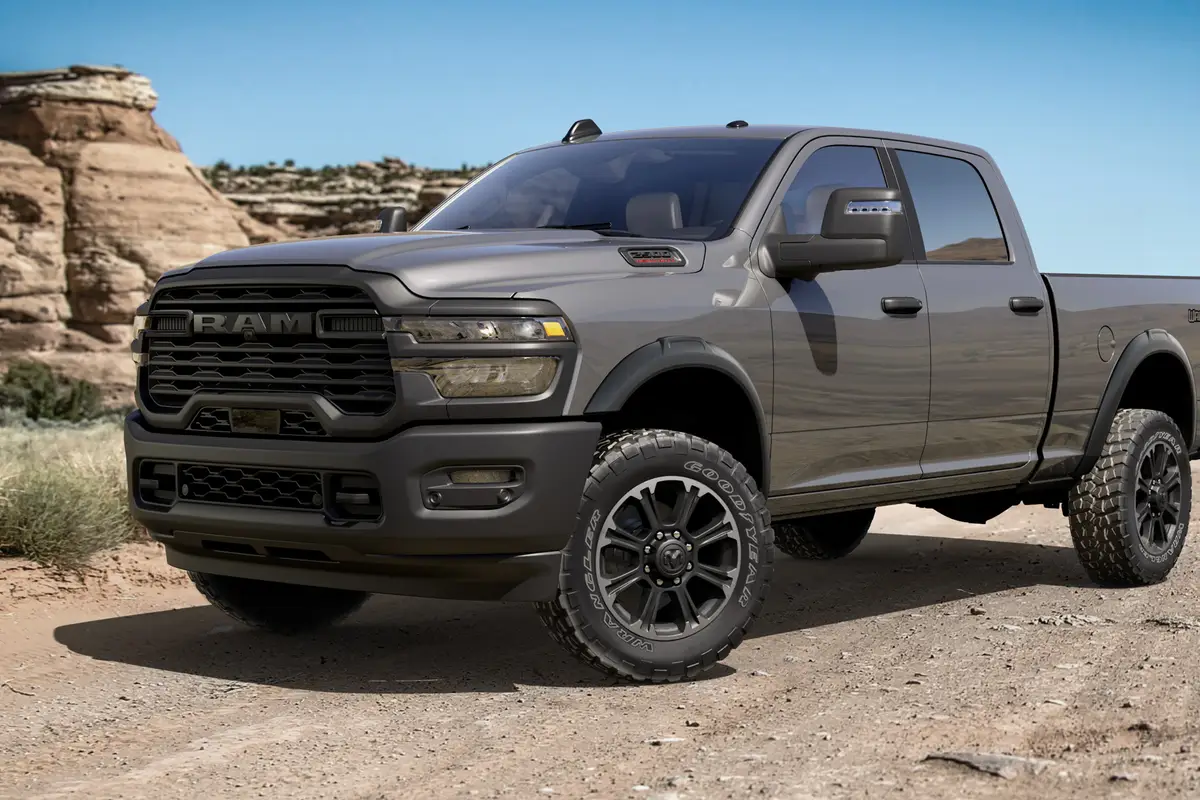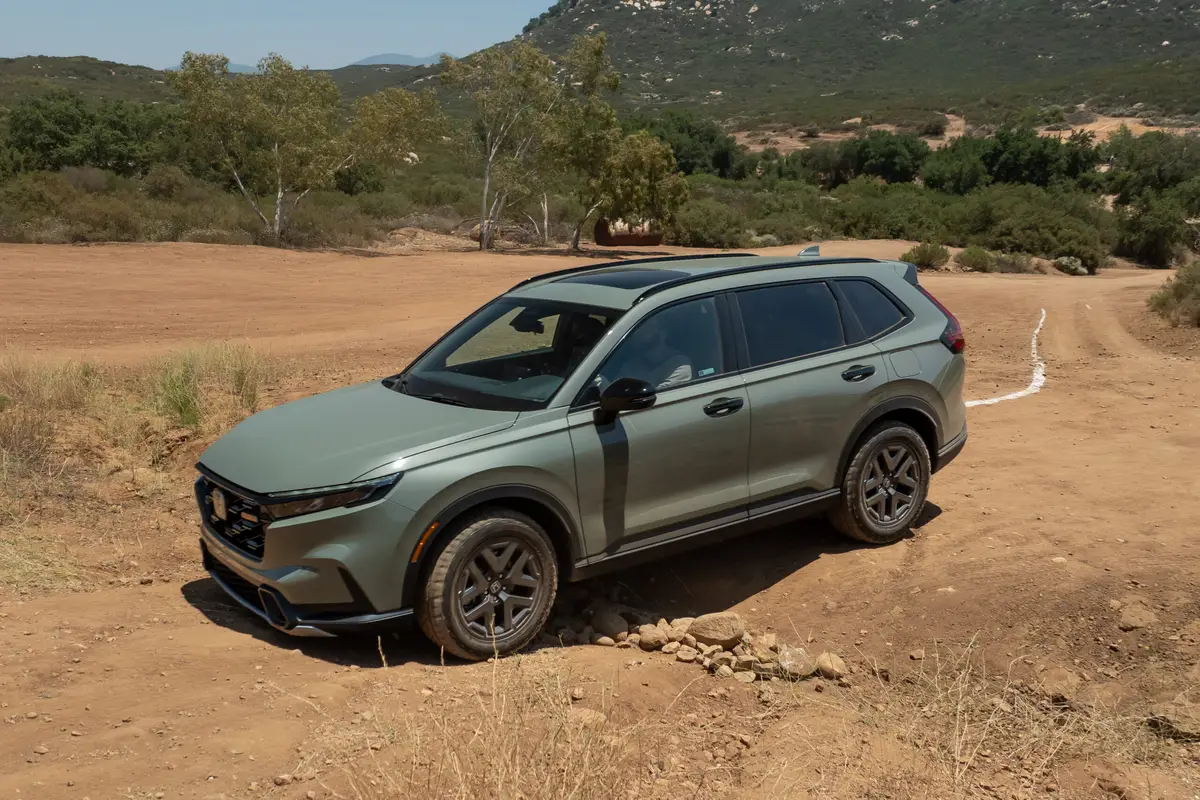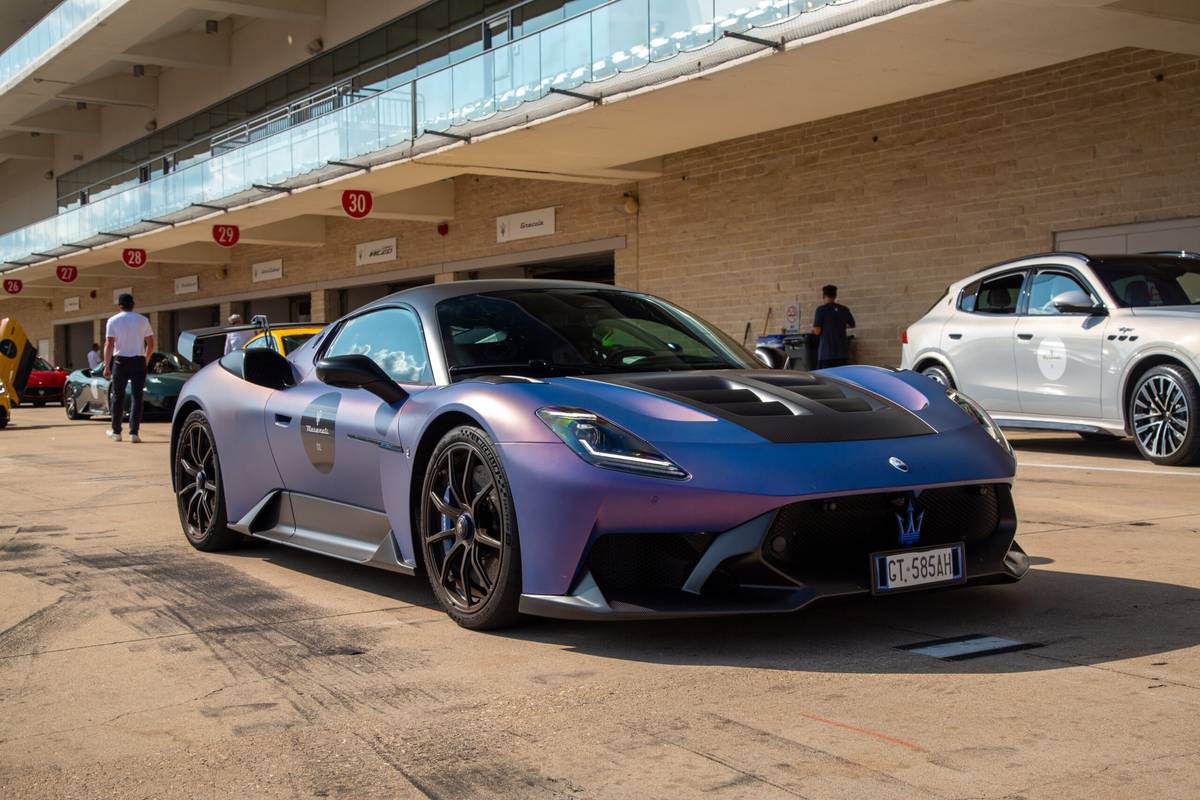TheMercuryNews.com's view
Chrysler hopes the 2004 Pacifica sports wagon that goes on sale in February will follow in the tire prints of the company’s first minivan and its PT Cruiser.
Both were innovative vehicles, and both were sales successes beyond expectations.
The Pacifica, expected to sell for $30,000 to $35,000, is on exhibit at the San Jose International Auto Show, which runs through Sunday.
Joining the Pacifica among the 400 new cars and trucks on display at the show is the 2004 Ford F-150, which made its worldwide debut in Detroit earlier this week. Other surprises include the Dodge MaxxCab pickup concept, Ford’s EX, a dune-buggy-like concept, and special versions of Chrysler’s PT Cruiser and Chevy’s Corvette.
“The marketing opportunities for the Pacifica are just enormous,” said Stephen Bartoli, who directs both Chrysler car marketing and the company’s premium platform team.
That’s because Chrysler sees the Pacifica – coincidentally, that’s also the name of Chrysler’s West Coast design studio in Carlsbad – as “an interceptor,” Bartoli said.
As he talked about the Pacifica, Bartoli showed off a chart that revealed how many buyers move from minivans to SUVs (and from SUVs to cars, and from cars to minivans, and the reverse of all three) each year. Those movers account for 2.7 million new-vehicle sales each year. Chrysler hopes to intercept about 100,000 of them and sell them a Pacifica.
The Pacifica “fills a void left open in the automotive landscape” and creates the sport-tourer segment, said Joe Dehner, who directs exterior and interior design at Chrysler’s Auburn Hills, Mich., headquarters.
While Chrysler claims to have created something new, the Pacifica seems to fit perfectly into a recent trend in the U.S. auto industry: giving buyers a bit of everything. Other vehicles, including the Lexus RX 300, Acura MDX and Buick Rendezvous, seek to do the same.
The Pacifica isn’t as stodgy as a minivan, but it does offer three rows of seating and flexible cargo-carrying. It isn’t as rugged as a sport-utility, but it does have available all-wheel-drive and offers a tall seating position for the driver. And, while it isn’t as sleek as a sports sedan, it does have a 3.5-liter V-6 engine, a fully independent suspension and 17-inch wheels. And it will come with enough amenities, including a power liftgate, leather seats and Sirius satellite radio; and enough safety features, including anti-lock brakes and three-row side-curtain air bags, to help improve Chrysler’s brand image, Bartoli said.
Today, Chrysler sells attainable cars that have a mainstream image. Tomorrow, it will sell “American dream machines,” Bartoli said. “We’re trying to drive our brand north.”
The transformation already has started, thanks to cars such as the PT Cruiser and the 300M.
In the 10 years from 1991 to 2001, annual sales of Chrysler brand vehicles grew from 130,000 to 530,000. The brand’s quality im proved, Bartoli said, and its typical buyer got younger and richer.
The arrival of the Pacifica — and the forthcoming two-seat Crossfire that relies heavily on Mercedes-Benz technology — should continue Chrysler’s upward mobility.
Latest news



